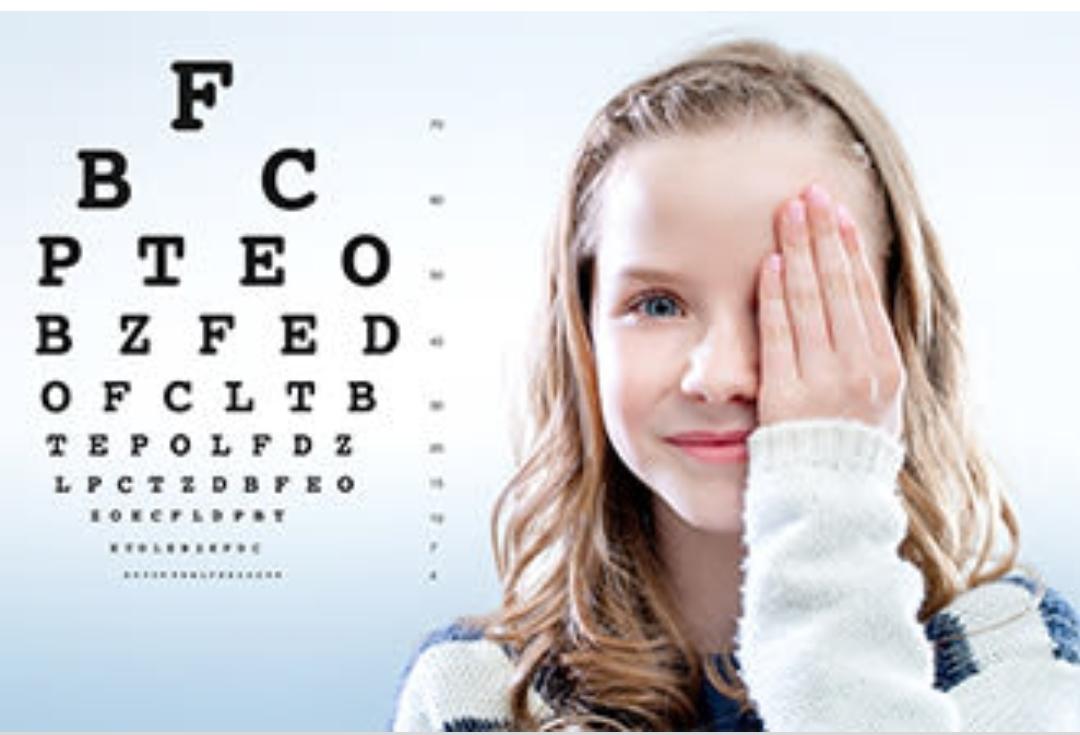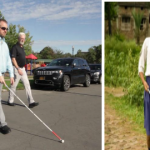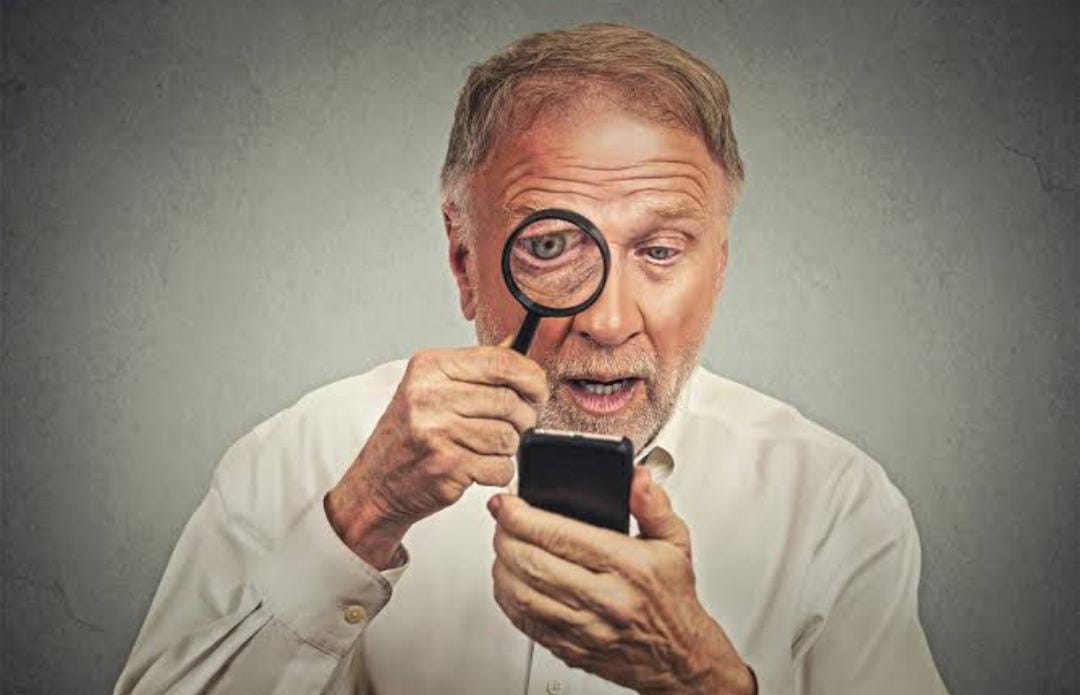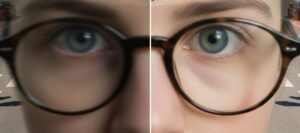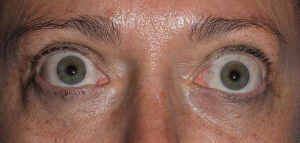What is low vision –
We are very lucky that we have two beautiful eyes to gaze around this beautiful world and enjoy it’s paradise beauty .
Every person in this world is not so lucky as us . They got vision problems , and very low grade vision , that it become difficult to do their everyday works . The patient suffering from this type of irreversible low grade vision is specifically called ‘ low vision ‘ patient .
Causes of low vision –
Age related macular degeneration ( ARMD) is the most commonest cause of low vision . Rather than that Diabetes , albinism , retinitis pigmentosa , Glaucoma , cancer , brain injury , can also be the cause of low vision .
Effect of low vision in society –

Low vision patient suffers many difficulties in society . They feel very uncomfortable in doing their everyday works , typical peoples make fun of them , they feel restrictions in their independence , mobility , they got fractures by falling or accident , they can’t achieve their educational or any other aims . This effect oblige them to feel mental preassure , and they isolate themselves from society .
What we should do –

We, as responsible people can help them at many level . Firstly we should recognise the people , who can be benefited by low vision rehabilitation and then send them to Opthalmologist or optometrist . Optometrist or Opthalmologist detect their causes of low vision , and send them to vision rehabilitation . We have to talk to people and teach them about low vision . The chain of education on low vision can help many . And the govt should increase number of primary health care centre that will work on early detection of low vision ,and refer to higher authority . That’s how we can save visions in a great way .
Clinical measurement of low vision –
Clinically low vision is reffered to as visual acuity less than 20/70 on better seeing eye after best correction with spectacle , lens , or surgery .
Management tips of low vision –
1.Identify patients who can get benefit from vision rehabilitation. Low vision refers to visual impairment that cannot be corrected by standard eyeglasses, medical or surgical treatment. Even early or moderate vision loss causes disability. There is strong evidence to show that rehabilitation improves quality of life .Refer patients for vision rehabilitation services whenever they demonstrate one or more of the these visual problems resulting in diminished functional ability –
Acuity of less than 20/40 in the better eye
Loss of contrast sensitivity , scotoma , Visual field loss .
2. Accurately measure visual acuity. Even in the lower ranges of visual acuity, you need precise measurements for several reasons: to appreciate ocular function, to identify eligibility requirements for driving and tax benefits and to recommend devices and interventions. Choose and adjust your measurement method appropriately:
The commonly used Snellen chart becomes significantly less accurate in the low vision range (<20/100).
“Count fingers” and “hand movements” are even less accurate.
To extend the measurements into the moderate to low vision range — and get more accurate results — reduce the testing distance. For example, reducing the testing distance from 20 to 10 feet extends the measurement range by a factor of two.
3. Don’t forget about contrast sensitivity. The patient’s ability to resolve objects depends on not only size, but also the contrast or luminance difference between an object and its surrounding area. Loss of contrast can greatly affect his or her ability to perform daily activities. Measuring contrast sensitivity helps provide early detection of disease and can guide recommendations for appropriate rehabilitation. A variety of tests measure contrast at a single or range of spatial frequencies. Examples include the Pelli-Robson contrast sensitivity chart (Haag-Streit AG, Koeniz, Switzerland) and the Colanbrander mixed contrast chart (Precision Vision, La Salle, Ill.).
4 .Definitely don’t forget about refracting. To optimize visual performance, be sure to take an accurate refraction. Patients with low vision have a high prevalence of uncorrected refractive error and will often benefit from spectacle correction .
5. Keep visual field tests simple. Documenting confrontational fields can often provide much of the gross information needed for orientation and mobility. Although formal visual field testing can be useful in diseases that primarily affect the peripheral visual field, it is often of limited use in patients with macular disease and unstable fixation.
6. Educate your patients. Adjusting to vision loss can be a challenging experience.4 Through appropriate patient education, ophthalmologists can play an important role in facilitating that transition. Reinforce the following points with your low vision patients:
Encourage patients with central field loss that they can effectively use the peripheral retina.
Be cognizant of visual hallucination symptoms that are suggestive of Charles Bonnet Syndrome; when appropriate, offer reassurance.
7.Develop a support network. Vision rehabilitation often requires a multidisciplinary effort. It is important to develop a network of community resources that can help with your patients’ comprehensive care. Identify regional ophthalmologists and allied health care workers, namely occupational therapists, who specialize in vision rehabilitation .
Vision loss affects every aspect of one’s daily life, which can leave patients with low vision frustrated and discouraged. Small-group training sessions that teach patients how to cook safely in the kitchen or how to effectively find the accessibility features on a tablet are just some ways rehabilitation can heighten independence, enhance social connectivity and hopefully impart a feeling of greater self-worth. By incorporating vision rehabilitation into your daily practice, you offer this subset of patients an opportunity to achieve an improved quality of life. It also gives you, the clinician, another tool in your armamentarium to manage patients suffering from vision loss .
8. Use of low vision aids can improve ones vision weakness in a great scale . But they feel uncomfortable of using these aids in society . So we have to encourage them , help them in their everyday steps , we have to teach the society to do so .
What about life style –
Diet is a major factor. Diets high in fats, especially saturated fats, and triglycerides have shown to be very detrimental
Diets high in fresh fruits and vegetables, especially green leafy vegetables, have shown to be very effective in reducing progression or adding to the stability of the condition.
Lutein, bilberry, and other anti-oxidants have also been shown to greatly enhance the well being of the macula.
Supplements such as co-enzyme Q-10 and Omega 3 and 6 fatty acids may also be advantageous as well. For this reason dietary supplements containing these may prove very useful in maintaining optimum macular health.
Stopping smoking , alcohol , and do everyday exercise can be highly beneficial to keep macula healthy .
Be one’s eyes , be a friend , be one’s smile , be one’s happiness.






